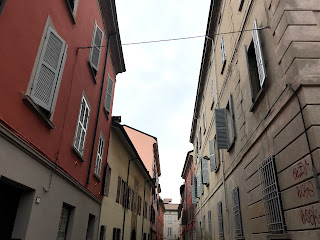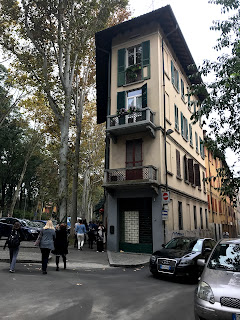Attending a Reggio Emilia study tour has been a professional
goal of mine since I began teaching at HHAI.
I knew it would be inspiring and allow for better understanding of the Reggio Philosophy. I have spent the past four and half years
learning as much as I can about the Reggio approach. I have attended conferences, exhibits,
completed research papers, visited Reggio inspired schools, and read a
lot. My understanding of the Reggio
Emilia approach has increased enormously over the last four years, but I always
felt like a piece of the puzzle was missing. The ability to observe the schools
in Reggio Emilia and learn from the teachers was the missing piece. Observing in the schools and time with the
teachers, atelieristas, and pedagogists provided me the opportunity to develop a richer
understanding of the approach.
A wonderful surprise was the sharing, bonding, collaboration and learning from each other that happened within
the group of attendees to the study group.
I attended with the Indiana Association of Education of Young Children
(IAEYC) on their first ever trip to Reggio Emilia. The group was a diverse group of 40 chosen
educators from across the state comprising of higher education teachers,
directors, teachers, atelieristas, assistant teachers, and retired
educators. The group spanned educators
at the beginning of their career to educators that have had an entire career
dedicated to the young children of Indiana.
The group represented public schools, private schools, ministries, home
daycares, and a forest preschool. We were
together nonstop for a week and we never stopped talking about early childhood
education. We shared the pride we had in
our schools, discussed challenges, and looked at pictures. We built connections, discussed future
collaborations, and bonded over our love for young children. Learning alongside and spending time with so
many dedicated educators made the experience even more amazing. I return from the experience inspired and
changed as an educator.
I am grateful to Mrs. Gettinger and HHAI for allowing me the
opportunity to attend the study tour and the PTO for their generous donation. Thank you!





























































